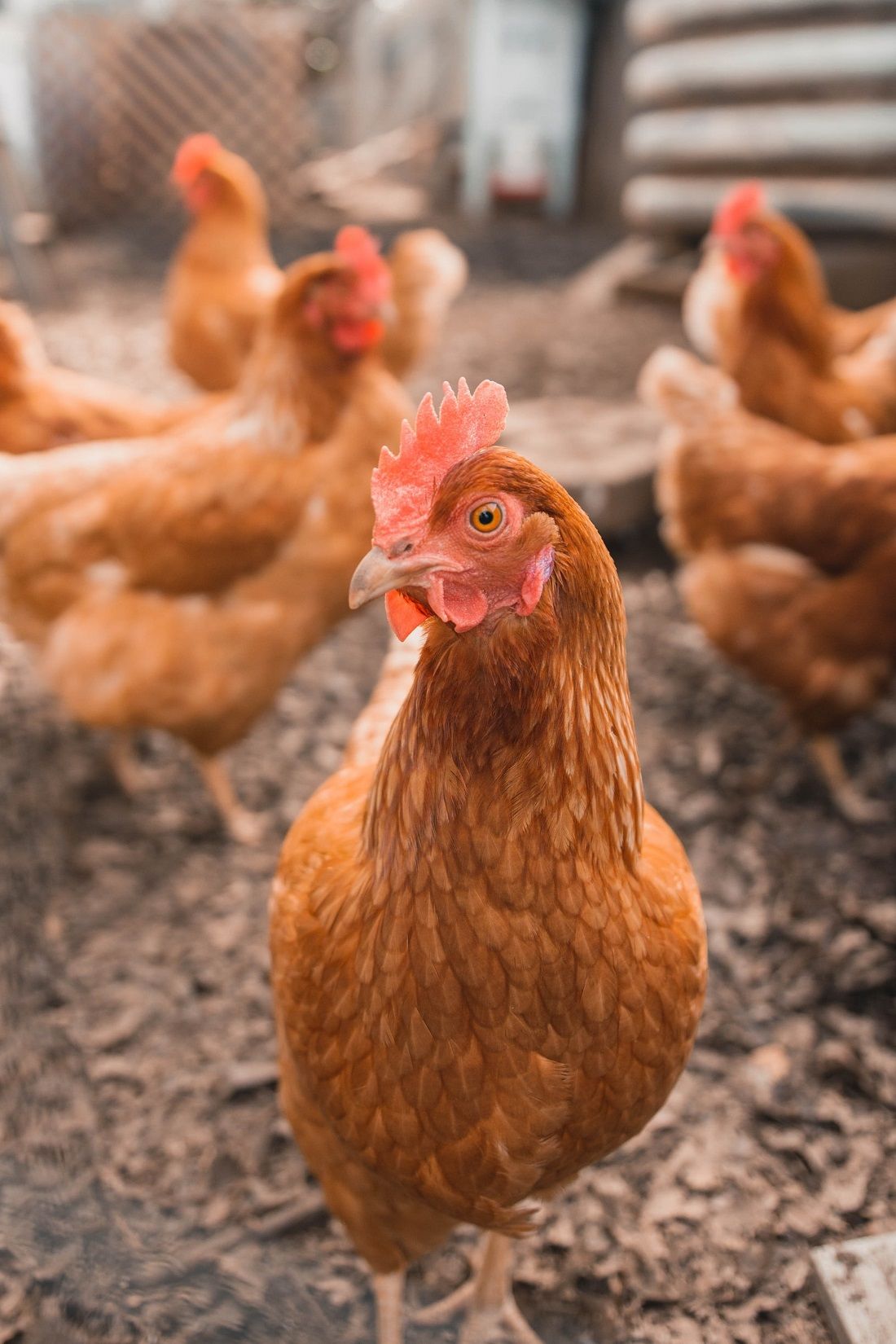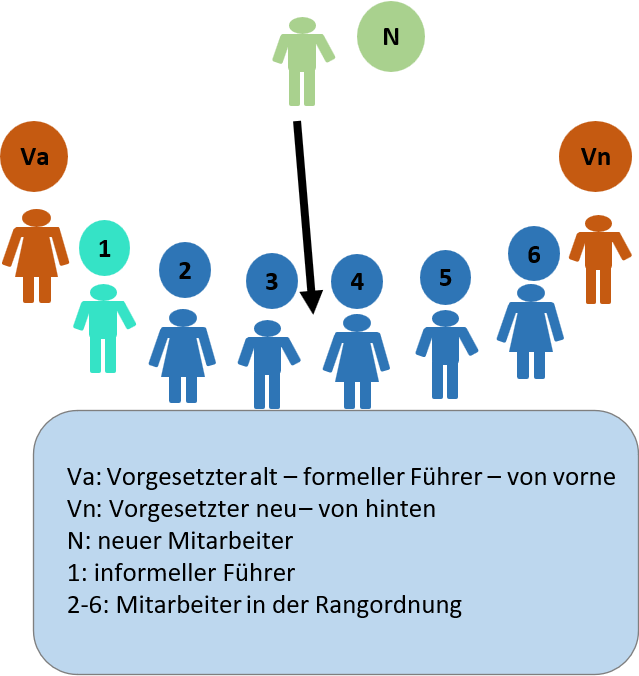Ranking And Pecking Order - Leading From Behind
What humans and chickens have in common...

The rank and pecking order describes the hierarchical arrangement within a social group. They define the rules and duties of the individual group members.
The term pecking order arose from intensive observations of domestic chickens. Chickens determine their hierarchical position within the group by "hacking away" at their rivals. It is noticeable that the highest-ranking chicken (alpha animal) attacks all other group members with its beak, but is hardly or not at all chopped by others. The lowest ranking animal (Omega animal), on the other hand, is hacked by all other animals, but rarely attacks others itself. The other chickens in the group automatically subordinate themselves to the alpha animal and assume different group-typical positions.
The ranking and pecking order within a (work) group is described in more detail below.

The diagram shows the structure of a group. In addition to the Alpha (1), five Other People (2-6) can be seen there. These can be Gammas as well as Specialists (Beta) and Troublemakers (Omega). The numbering is not based on an explicit structure (e.g. organization chart). Instead, it is based on personality traits, social status, performance, length of service or comparable characteristics. The closer the respective number is to Alpha, the greater the claim to become Alpha in the future.
Now, if a New Employee (N) claims a position other than "Back" (7), "ranking fights" can occur. In order to avoid such conflicts, the Formal Leader (Va) has to ensure that the new employee "takes a back seat".
If a New Formal Leader (Vn) joins the team, he should not position himself directly “above” the other group members either. This leads to frustration, conflict and resistance among group members. Instead, it is advisable to pick up and acknowledge each group member, creating a comfortable atmosphere. Although this does not change the position, it ensures encouragement and acceptance within the group and good group dynamics.
Conclusion
In conclusion, once a social group has formed, the ranking and pecking order takes place automatically. People are individuals with very different characteristics. The more characters that come together within a group, the more diverse and productive that group becomes. A group cannot only consist of alpha animals and certainly not work productively. There would be constant fights here.